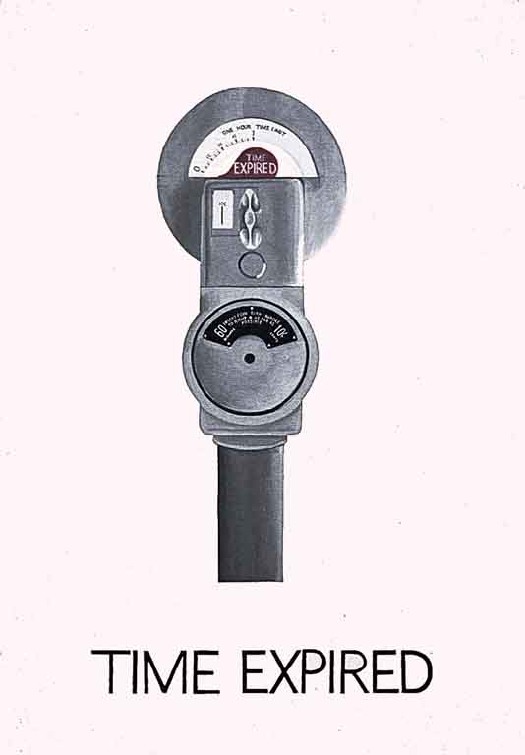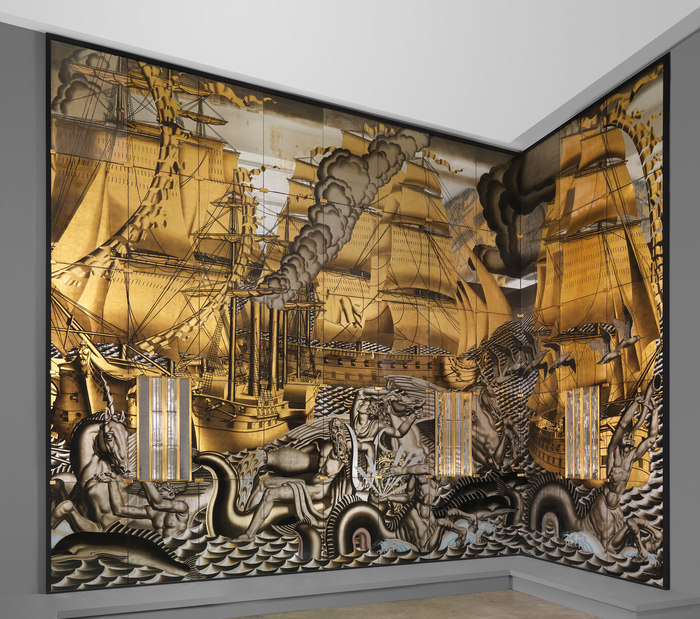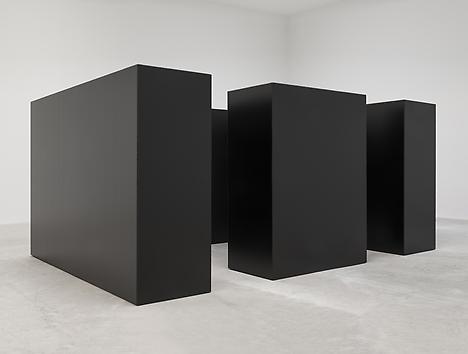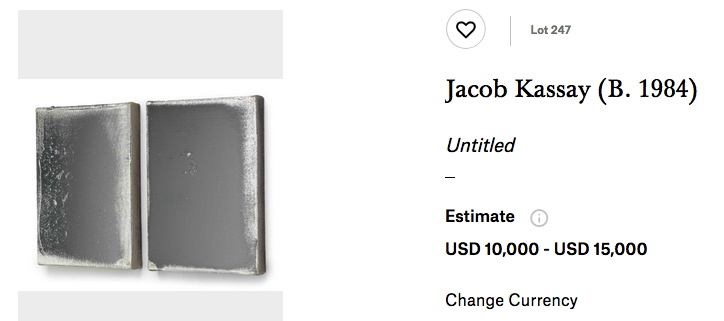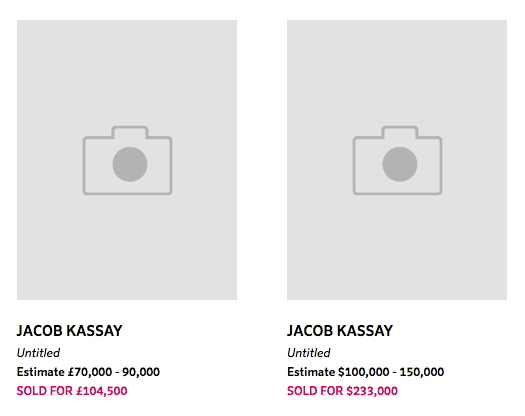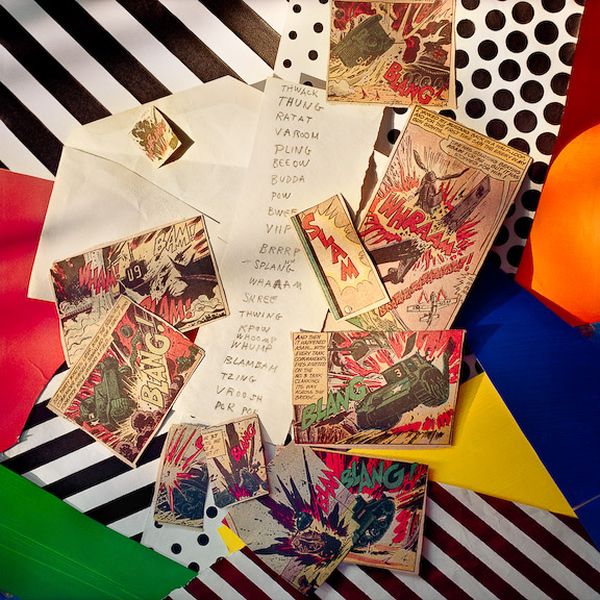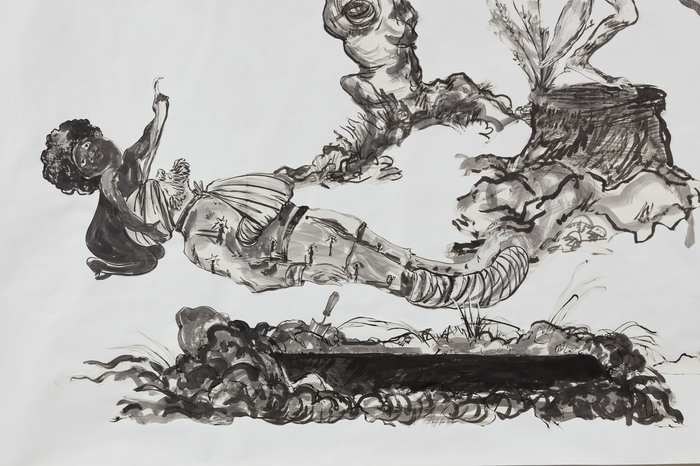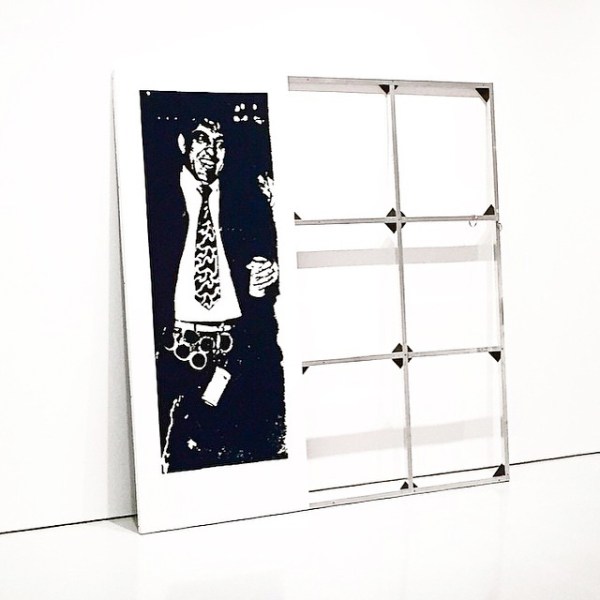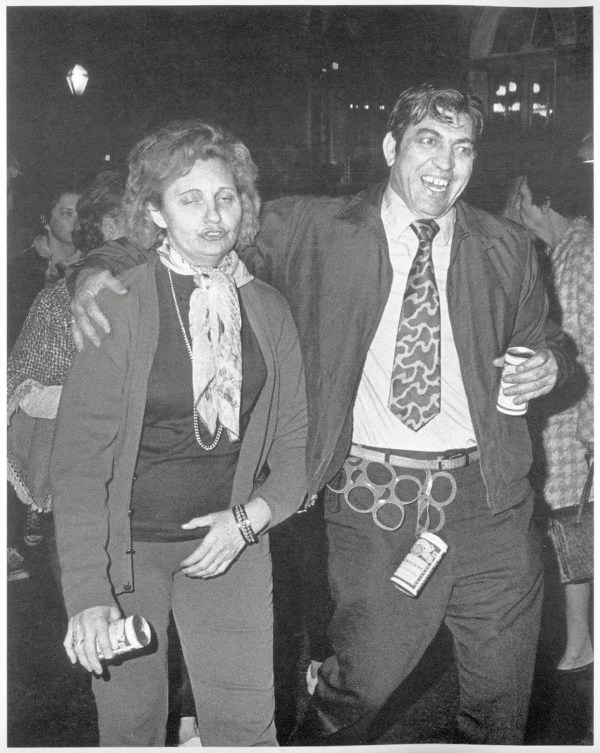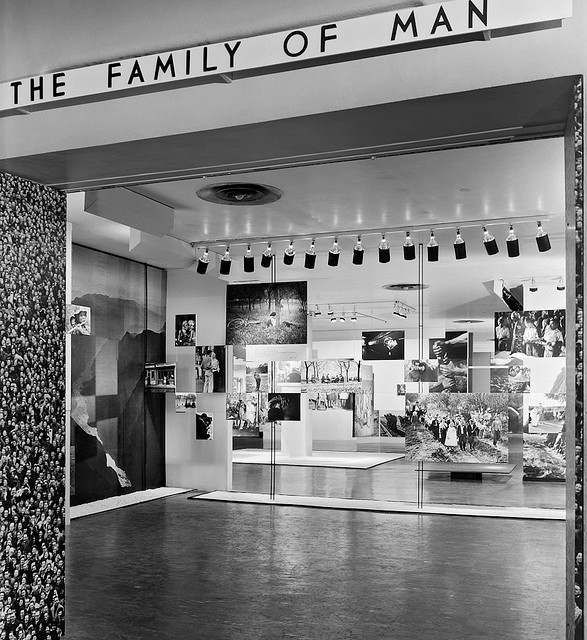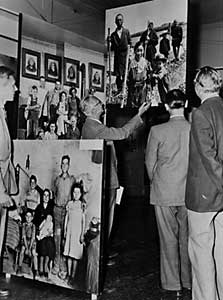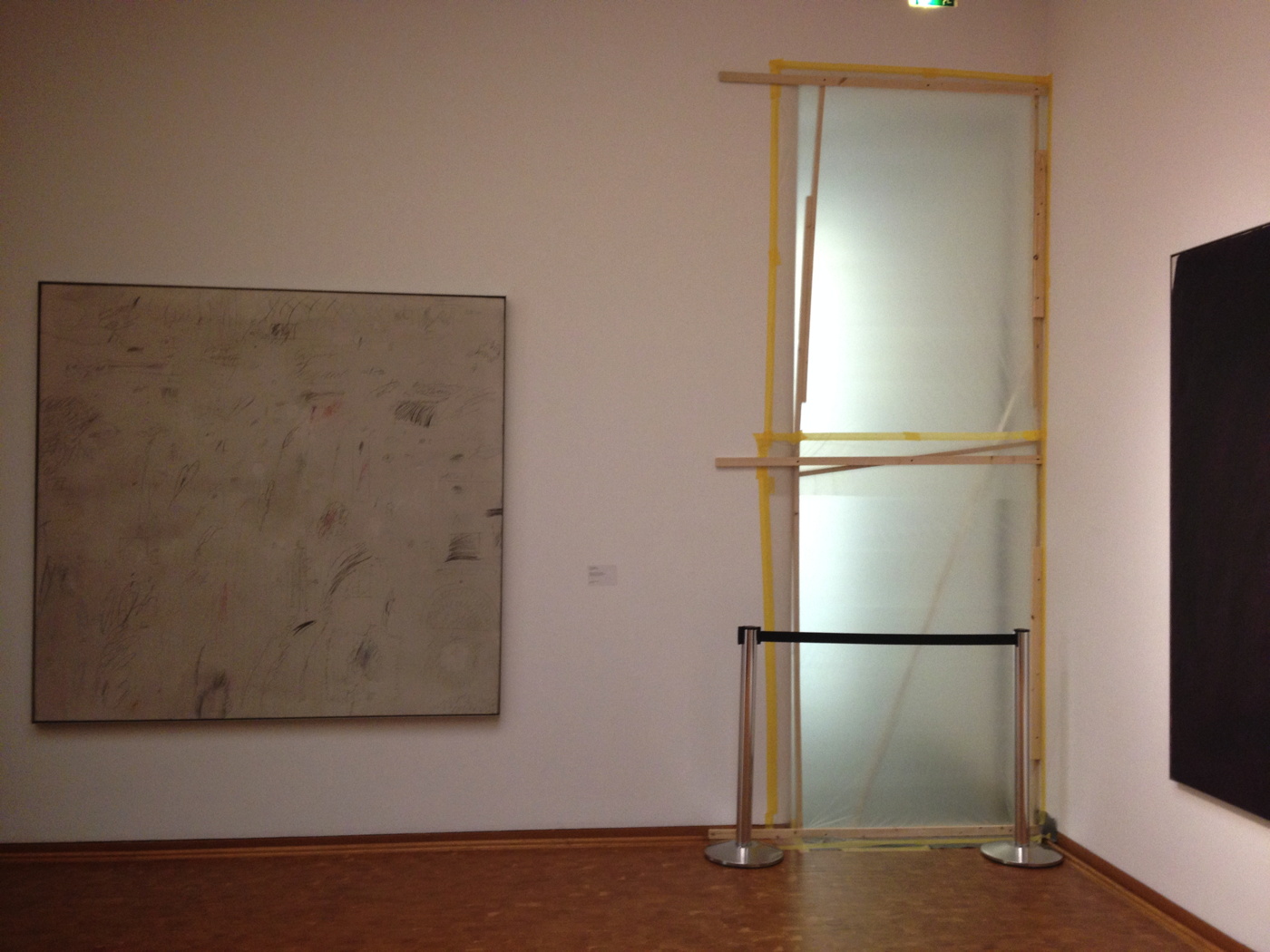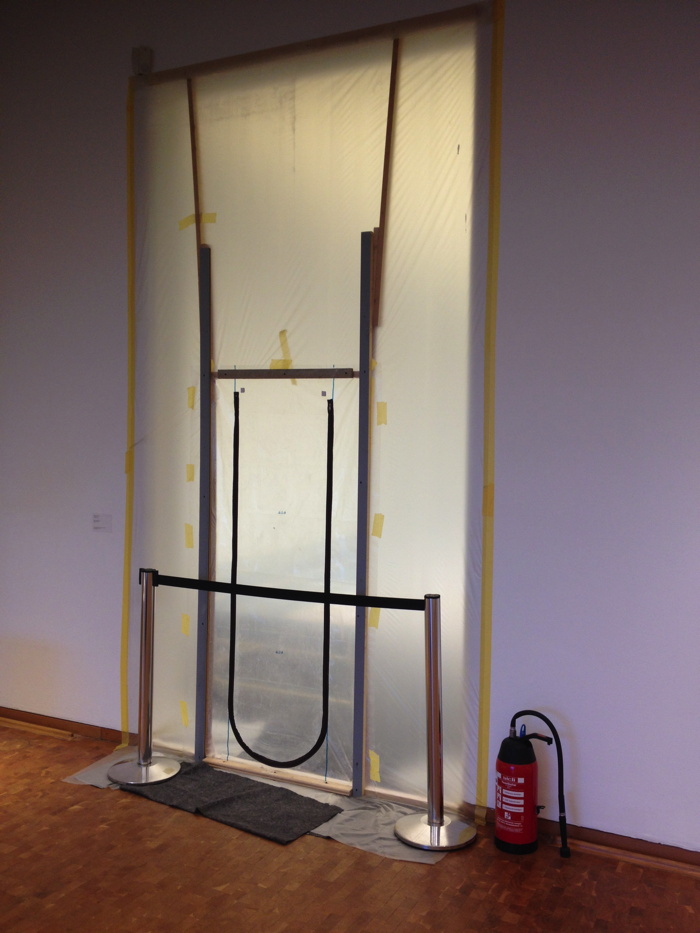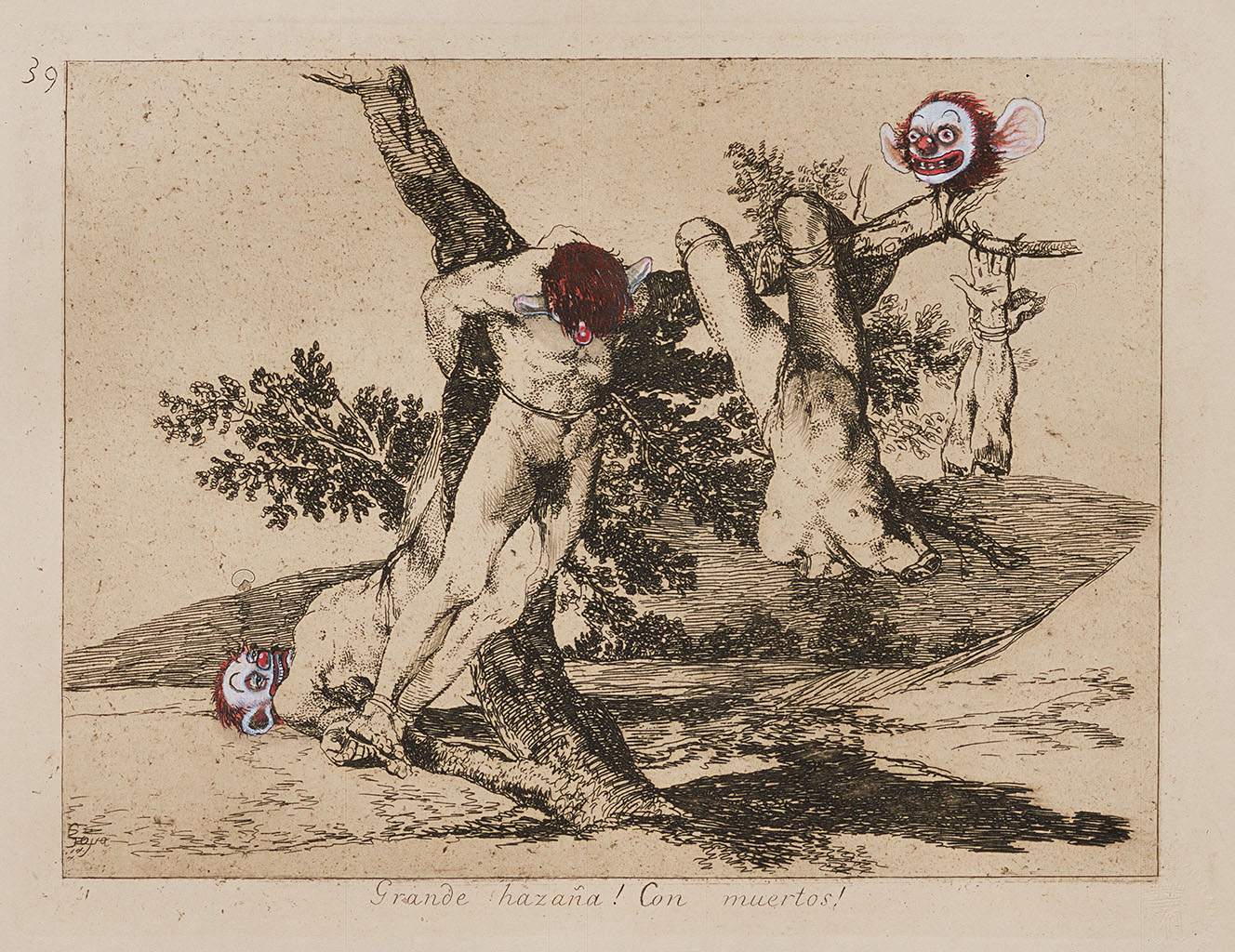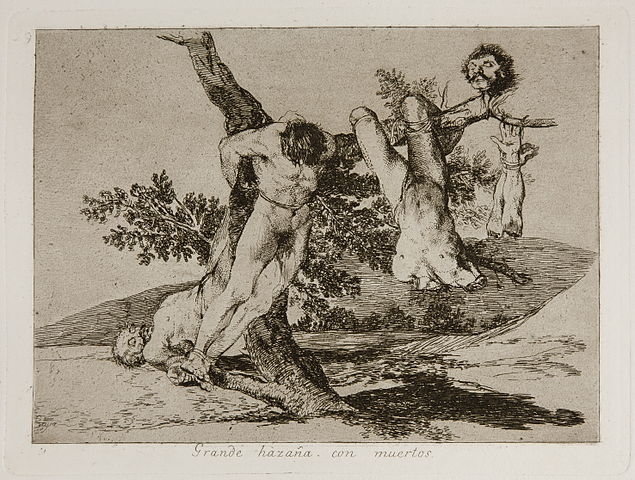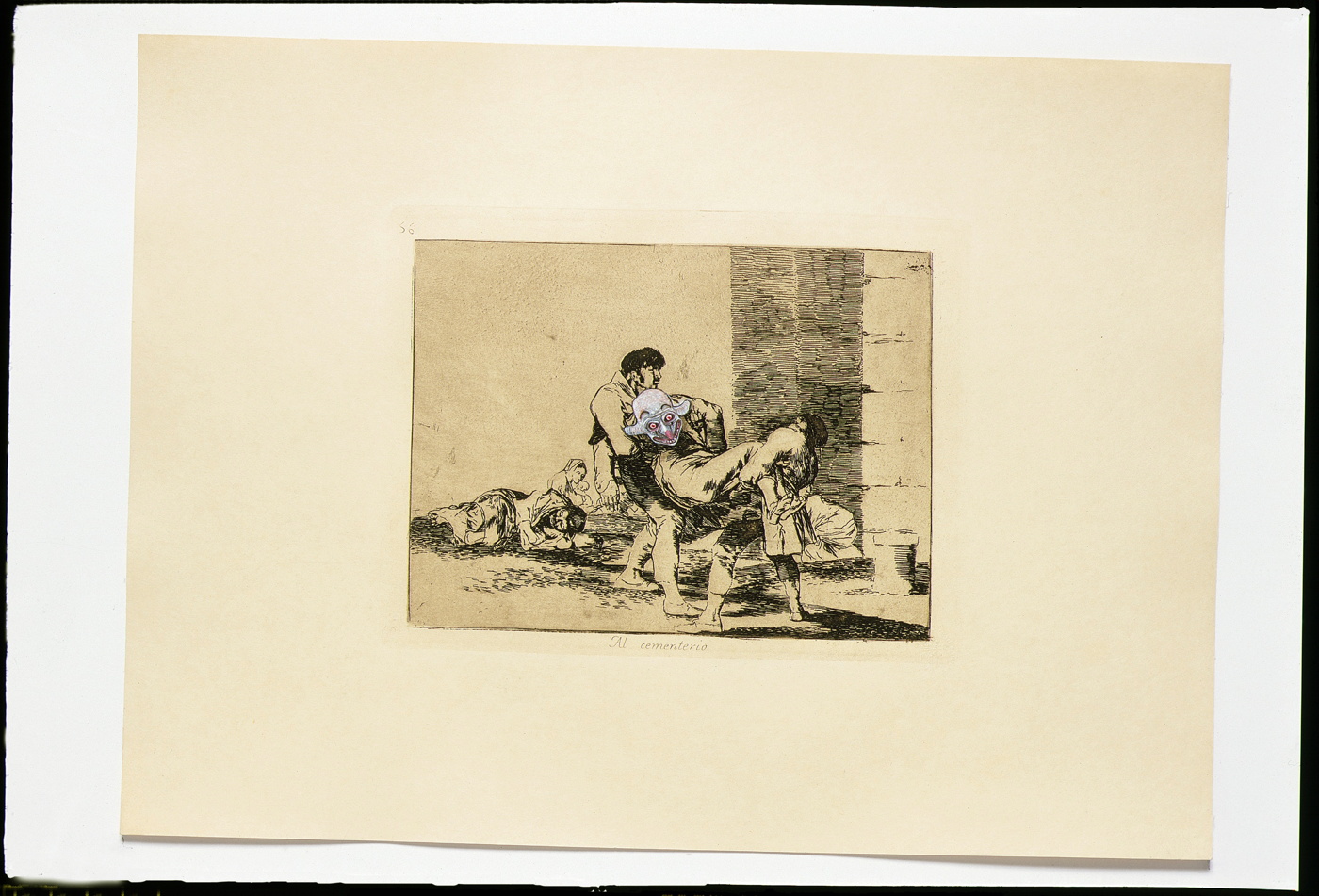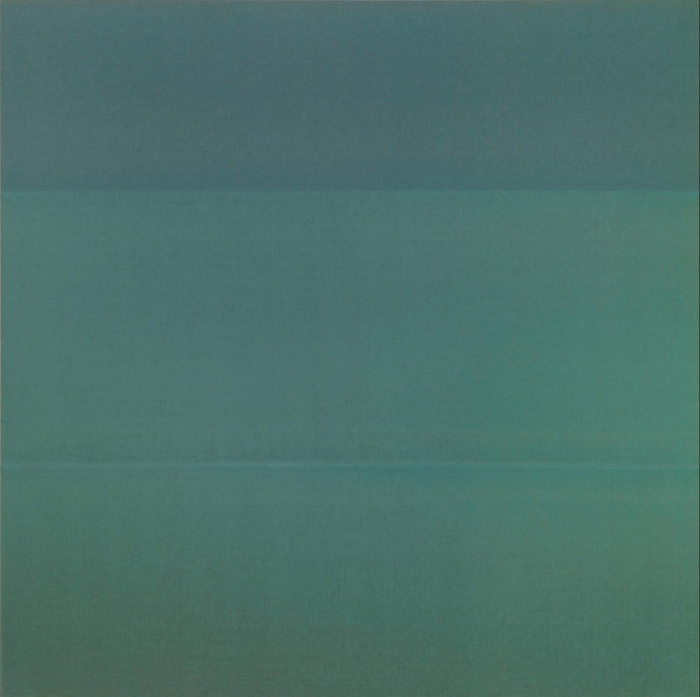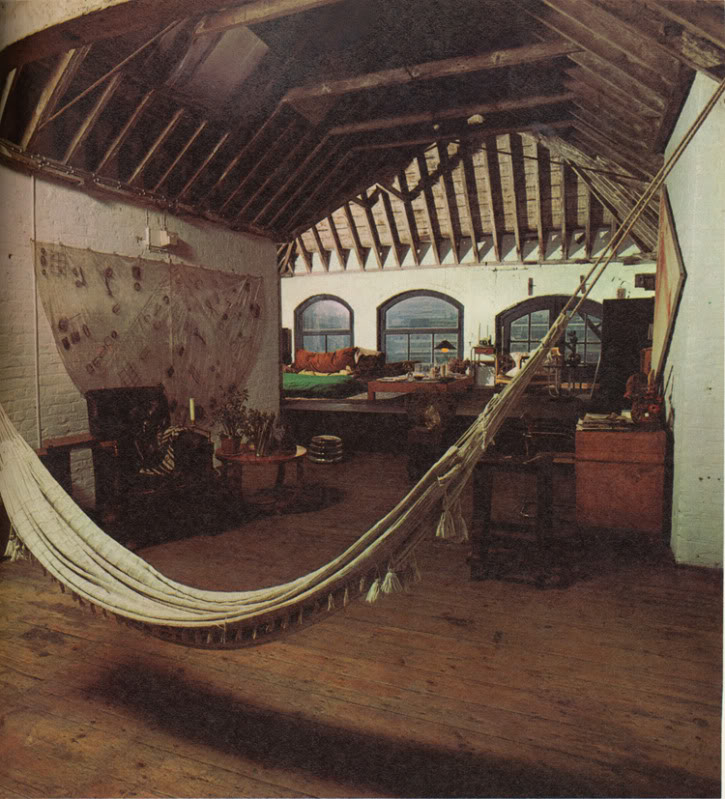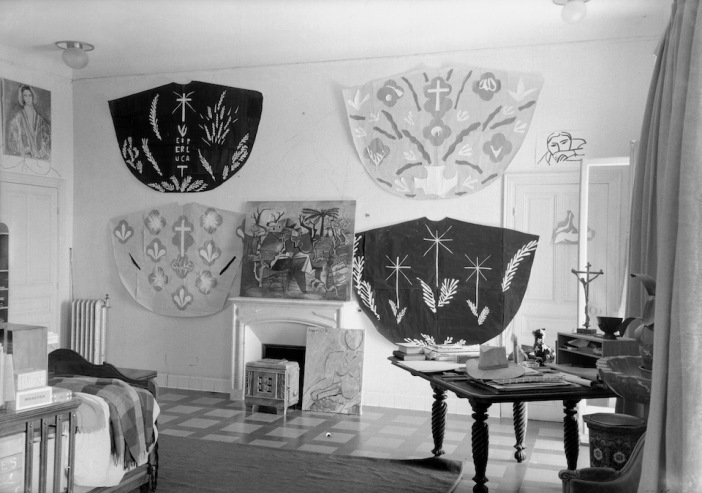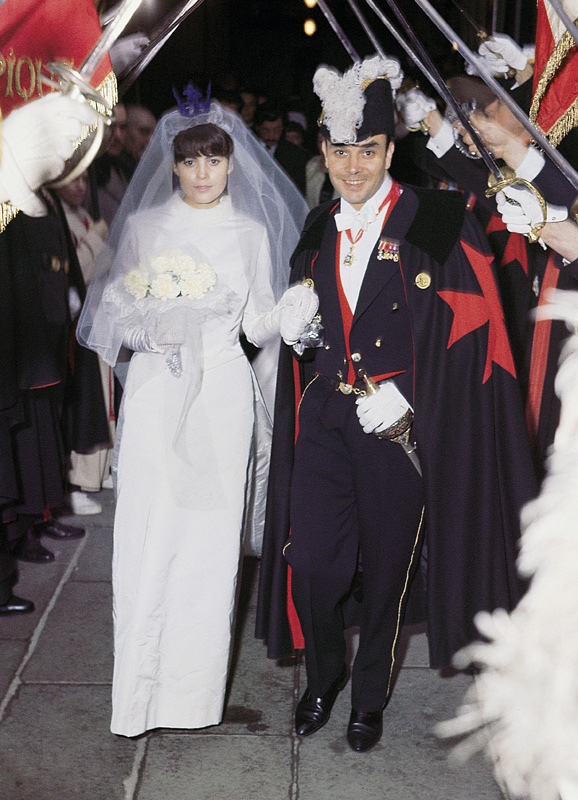No one sends me these, so I have to find them by chance, but I am still interested in the statement-as-question as a form. If the Q&A for panel discussion or public talk *you* experienced was waylaid by such a question, please send me a link.
Last night, while I was experimenting with polishing a painting, I listened to a particularly unsatisfying discussion from the Salon series at Art Basel 2013 titled, “How Is Art History Made?” Moderated by curator Monika Szewczyk, Seth Siegelaub and Adam Szymczyk talked about their Kunsthalle Basel project, which put a series of art world structure-related questions by Siegelaub, translated into six European languages, on posters around town during the fair.
Siegelaub began his remarks by admitting he didn’t have any answers, he was just asking the questions, the main one being, basically, is Art History ultimately a history of the market? There was apparently an agreement not to name any artist names, so the discussion remained very general, which is not to say theoretical.
Ultimately, the only satisfying thing was that the panel’s question-as-title about a question-as-project led directly to the frustrated audience member’s statement-as-question. A woman off camera, unidentified, on the front row, with a Chinese accent, had apparently, and not unreasonably, assumed the officially organized event would answer the question of its title. It had not, and so she had just one simple question.
It begins at 37:00. My interest is to accurately document the experience of the text, so I have preserved grammatical usage. Linebreaks are intended to approximate pauses:
Previously:
Statement-As-Question from Fractures of the Civilization
‘I’m Going To Fail,’ or Protocols of Participation
Continue reading “Statement-As-Question: How Do You Get Here? From How Is Art History Made?”

